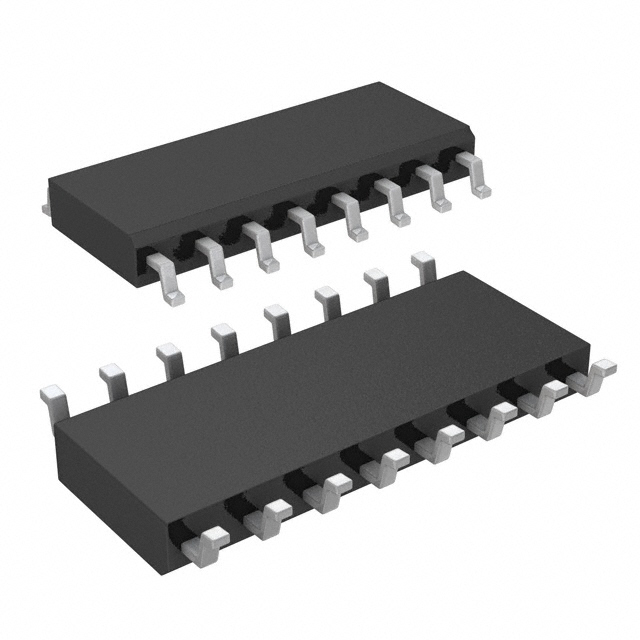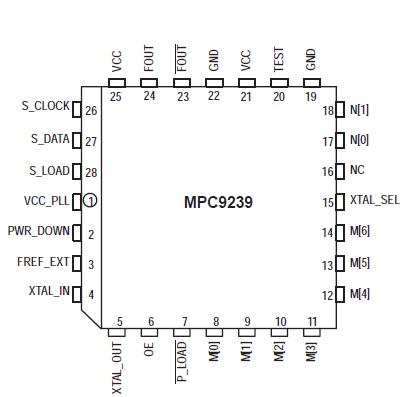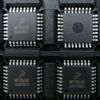MPC9239: Features: • 3.125 MHz to 900 MHz synthesized clock output signal• Differential LVPECL output• LVCMOS compatible control inputs• On-chip crystal oscillator for reference frequ...
floor Price/Ceiling Price
- Part Number:
- MPC9239
- Supply Ability:
- 5000
Price Break
- Qty
- 1~5000
- Unit Price
- Negotiable
- Processing time
- 15 Days
SeekIC Buyer Protection PLUS - newly updated for 2013!
- Escrow Protection.
- Guaranteed refunds.
- Secure payments.
- Learn more >>
Month Sales
268 Transactions
Payment Methods
All payment methods are secure and covered by SeekIC Buyer Protection PLUS.

 MPC9239 Data Sheet
MPC9239 Data Sheet









